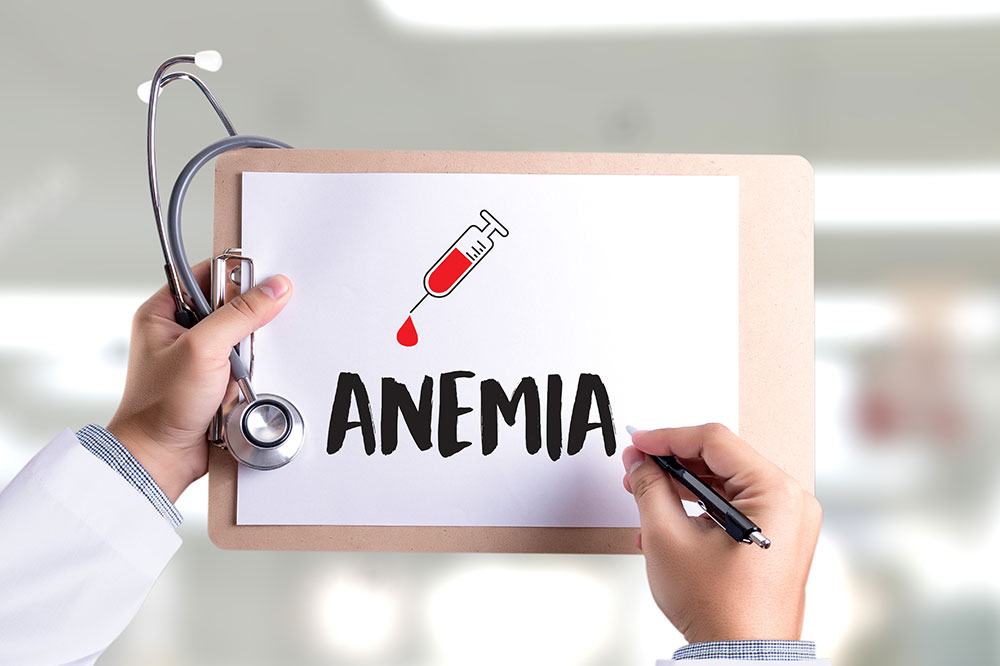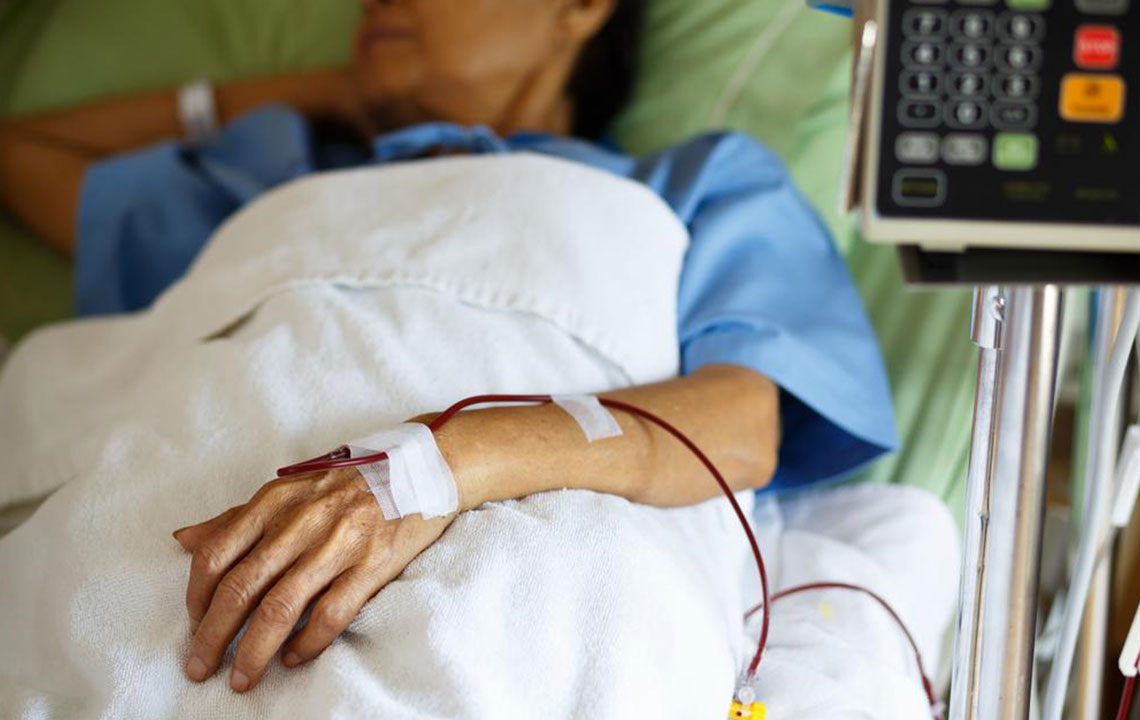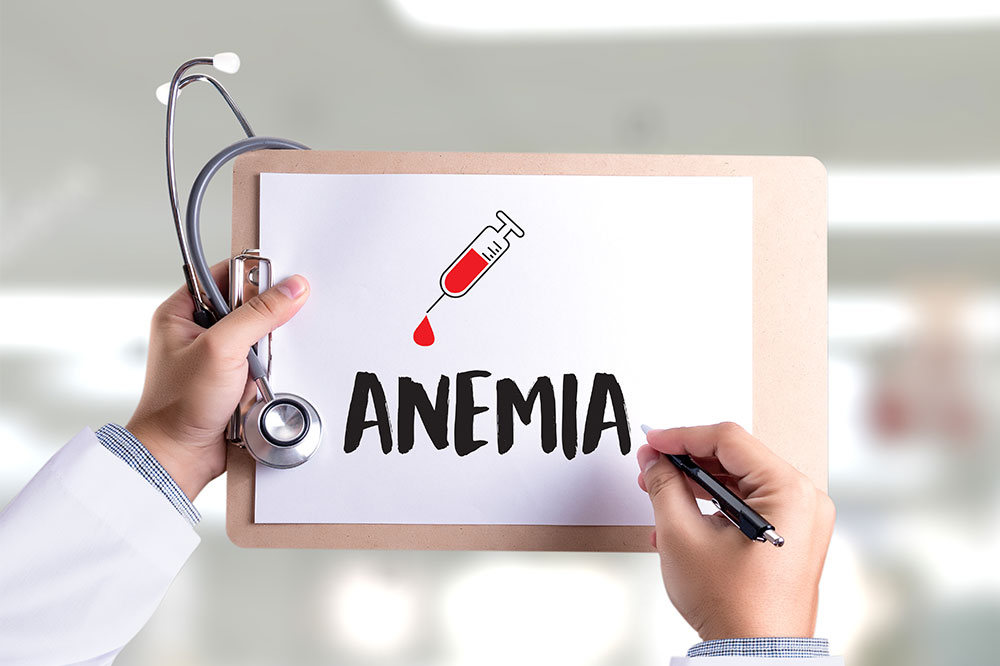Understanding the Main Types of Anemia
This article covers the main types of anemia, including iron deficiency, vitamin deficiency, aplastic, and genetic disorders like sickle cell anemia. It discusses symptoms, causes, and common treatments such as dietary changes, supplements, medications, and advanced procedures like transplants. Understanding these anemia types can help in early detection and management to improve health outcomes.

Anemia arises when the body's red blood cell count or hemoglobin levels fall below normal, impairing oxygen delivery to vital tissues. Among various forms, iron deficiency anemia is the most prevalent, representing nearly 80% of cases worldwide. This article explores common anemia types and their treatments:
Iron deficiency anemia
Iron plays a crucial role in forming hemoglobin, which transports oxygen. deficiency leads to fatigue, pale skin, weakness, and shortness of breath. Causes include poor diet or bleeding, and treatment often involves iron supplements and dietary changes, such as consuming red meats, beans, fish, poultry, and leafy greens.
Vitamin deficiency anemia
Deficiencies in vitamin B12 and folate hinder red blood cell production. Symptoms include fatigue and pallor. Addressed by eating foods like meat, seafood, dairy, green vegetables, and cereals, or through supplements, especially important for vegetarians and vegans.
Aplastic anemia
This occurs when bone marrow damages, stopping blood cell production. Causes include radiation, chemicals, autoimmune diseases, medications, or infections. Treatment options include transfusions, medications, or bone marrow transplants.
Cancer-related anemias
Cancers spreading to bone marrow disrupt blood cell creation, causing fatigue and pallor. Treatments involve chemotherapy, transfusions, or stem cell transplants.
Hemolytic anemia
Rapid destruction of red blood cells occurs due to inherited disorders like sickle cell, autoimmune diseases, or infections like hepatitis. Long-term medications or transfusions may contribute.
Sickle cell anemia
A genetic disorder changing red blood cell shape, leading to pain, fatigue, and increased infection risk. Treatments include pain management, hydroxyurea, transfusions, and transplants.
Disclaimer: Our blog provides general information and should not replace professional medical advice. Always consult healthcare providers for diagnoses or treatment plans. The site may not cover all available schemes or offers.









